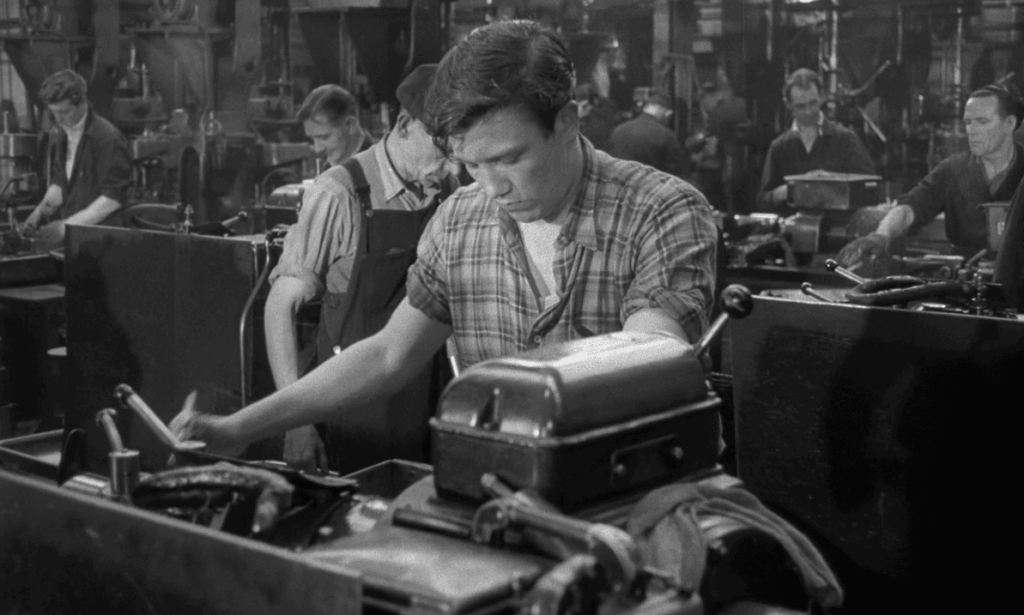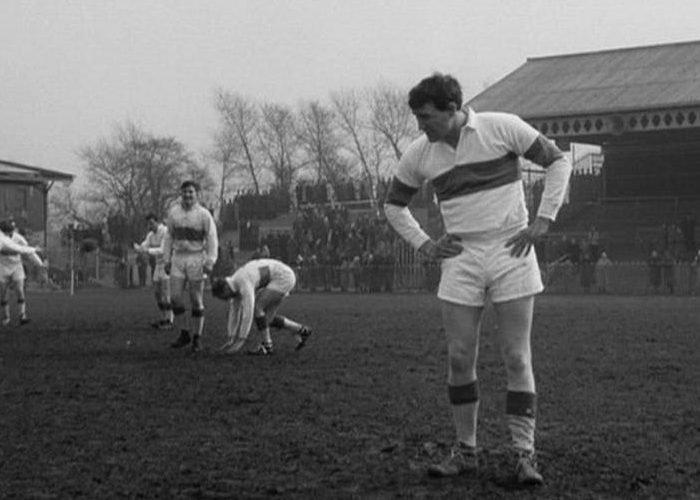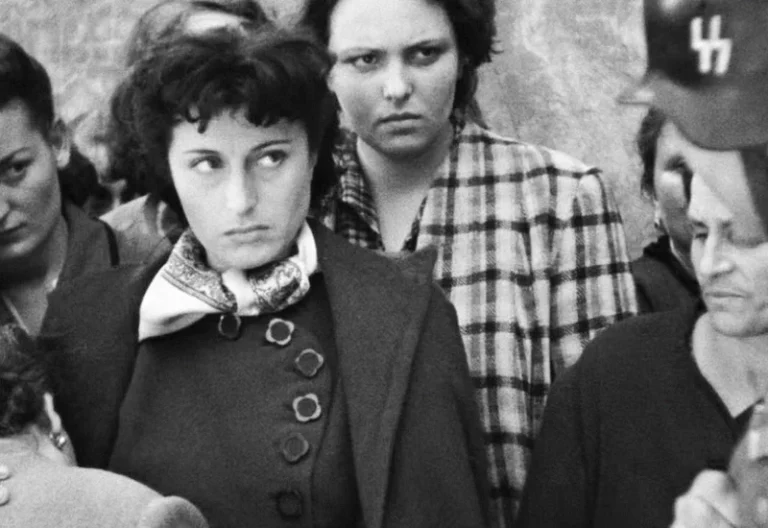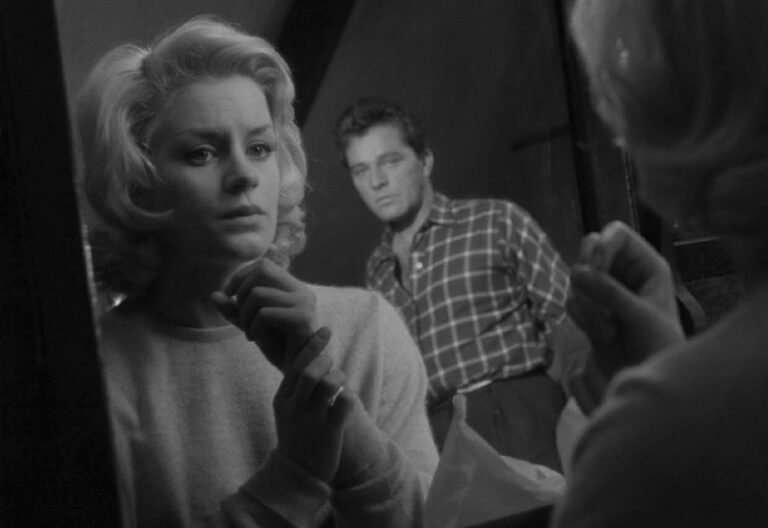british new wave
est. 1950s – 1960s
The British New Wave, also known as the Kitchen Sink movement, was a transformative era in British cinema that emerged in the late 1950s and continued till the late 1960s. It was a period marked by a fresh, raw, and socially conscious approach to filmmaking that defied the conventions of British cinema of the time.
Published by: CinemaWaves Team | Filed Under: Film Movements
Origins of
the British New Wave
The New Wave was shaped by the societal shifts of the post-war era. Britain was recovering from the economic and psychological effects of World War II, with significant changes happening within its society. The country was experiencing urban renewal, shifts in industry, and the rise of a more vocal working class. Against this backdrop, the British New Wave directors seized the opportunity to bring authentic, working-class stories to the forefront, often set in northern industrial towns where poverty, class tensions, and the changing face of Britain were most visible. This movement paralleled a similar rise of realism in European cinema, such as Italian Neorealism, and became a vital part of the British cultural landscape of the 1960s.
The development of the British New Wave was fueled by the expansion of the Free Cinema movement, a precursor that emerged in the mid-1950s. Free Cinema was led by filmmakers like Lindsay Anderson and Tony Richardson, who believed that cinema should reflect real life, free from commercial constraints and glossy Hollywood-style narratives. It emphasized the use of documentary techniques, which carried over into the British New Wave’s focus on capturing the everyday lives of ordinary people. The success of Free Cinema documentaries provided a foundation for feature films that would tackle similar themes of working-class struggles, social inequality, and personal conflict.
The movement coincided with the rise of the “Angry Young Men,” a group of working-class writers and playwrights like John Osborne, who expressed dissatisfaction through gritty, realistic portrayals of working-class life. These literary works, such as Osborne’s play “Look Back in Anger,” laid the intellectual groundwork for the British New Wave, which would soon bring this sense of social critique and realism to the screen.

Characteristics of
the British New Wave
The British New Wave was defined by its commitment to realism and its focus on working-class life, portraying the grittier aspects of post-war Britain. These films depicted everyday struggles, from factory work to personal relationships, without romanticizing or idealization. Settings were usually industrial towns in the north of England, offering a stark contrast to the more glamorous portrayals of British life seen in earlier films. By filming on location and using naturalistic performances, directors aimed to capture the reality as it is, giving their films a documentary-like quality.
A key characteristic of the British New Wave was its exploration of social and class tensions. The films often focused on protagonists who were disillusioned by the rigid class structures and societal expectations of the time. These were typically young, rebellious working-class men who were dissatisfied with their limited opportunities and resented the authority figures. Themes of alienation, frustration, and the desire for personal freedom were central to many films of the movement.
Another defining feature of the British New Wave was its strong ties to the “Angry Young Men” movement in literature and theater, which shared similar themes. Many films were adapted from contemporary plays and novels, with writers like Alan Sillitoe and John Osborne providing the foundation for iconic films like “Saturday Night and Sunday Morning” and “Look Back in Anger.“


Important British New Wave Films and Directors
Tony Richardson is considered a pivotal figure in the British New Wave, helping define the movement with his 1959 film “Look Back in Anger,“ based on John Osborne’s play. The film captured the frustrations of post-war Britain, particularly among the working class, marking a significant departure from the polished portrayals of British life that had previously dominated cinema. It became a cultural statement of the time, sparking a new era of socially conscious filmmaking in the country.
Karel Reisz also played a central role in the movement, particularly with his iconic film “Saturday Night and Sunday Morning” (1960). The story of Arthur Seaton, a rebellious factory worker in Nottingham, offered an unsentimental portrayal of working-class life. Reisz’s film set the tone for the British New Wave’s focus on gritty realism and became one of the defining works of the era.
Lindsay Anderson, another leading figure, won the Palme d’Or for the film “if…“ (1968), a film that sharply criticized Britain’s educational institutions. His earlier work “This Sporting Life” (1963) explored the realities of working-class existence through the life of a rugby player. Anderson’s films contributed to the British New Wave’s exploration of class, alienation, and institutional disaffection.
Legacy and Influence of the British New Wave
The British New Wave, with its gritty portrayal of working-class life, critical examination of societal issues, and narrative innovation, remains a pivotal chapter in the history of European cinema. Filmmakers used their craft to capture the essence of post-war Britain, contributing to a movement that aimed for a more realistic and socially conscious approach to filmmaking. The influence of the British New Wave is very much felt in the contemporary British cinema, but can also be seen in American independent cinema, where directors such as John Cassavetes drew inspiration from its realist style.
Beyond its direct impact on filmmaking techniques and themes, the British New Wave played a crucial role in democratizing the film industry. It opened doors for new voices and stories that had previously been marginalized or ignored. By focusing on the lives of ordinary people and addressing social issues, these films contributed to a broader cultural shift towards greater representation and diversity in cinema.
Refer to the Listed Films for the recommended works associated with the movement. Also, check out the rest of the Film Movements on our website.
The French New Wave, or La Nouvelle Vague, is one of the most iconic and influential film movements in the history of cinema. Emerging in the late 1950s and flourishing…
In the aftermath of World War II, Italy was a country in ruins, both physically and economically. Amidst the rubble and despair, a group of visionary filmmakers arose to…
In the late 1960s and throughout the 1970s, until mid 1980s, a cinematic revolution unfolded in Hollywood that would forever change the landscape of the film industry. American New…
In an English boys’ boarding school, social hierarchy reigns supreme and power remains in the hands of distanced and ineffectual teachers and callously vicious prefects in the…
Joseph Losey’s 1963 film, The Servant, is loosely based on Robin Maugham’s novella. It was adapted for the screen by Harold Pinter (known for The Pumpkin Eater and…
The film is based on John Osborne’s play about a love triangle involving an intelligent but disaffected working-class young man (Jimmy Porter), his upper-middle-class, impassive…






